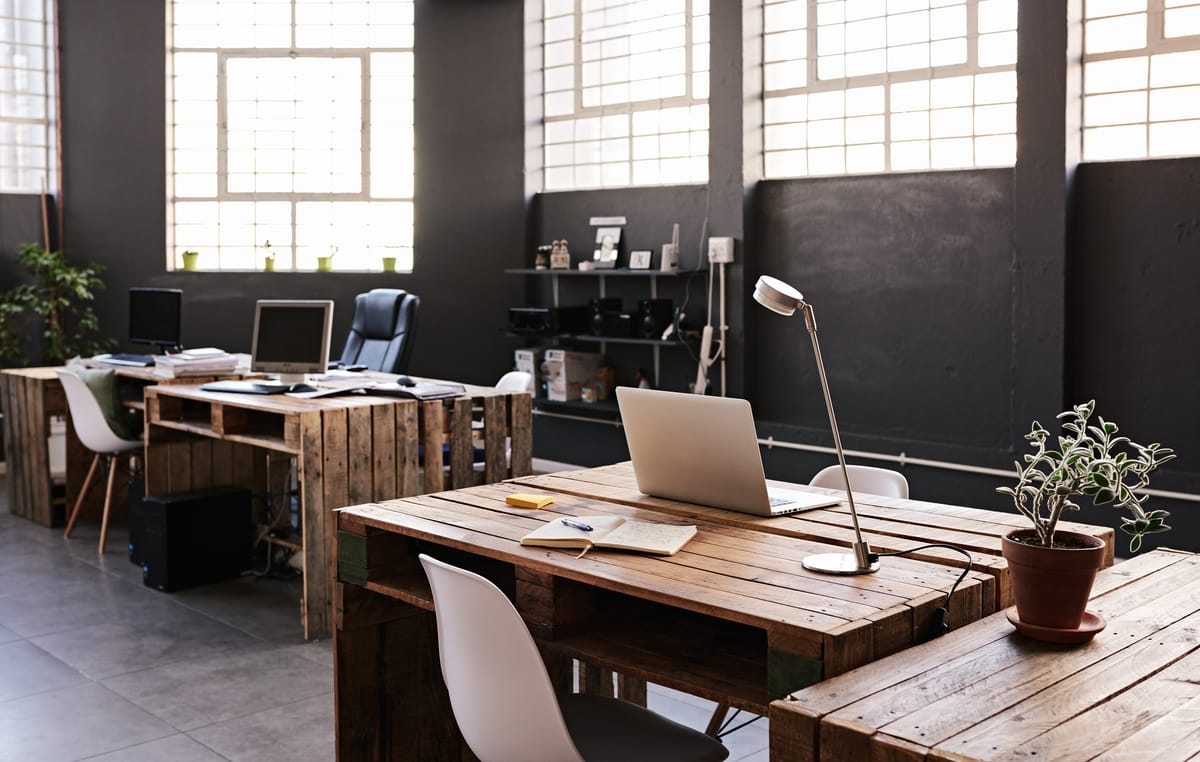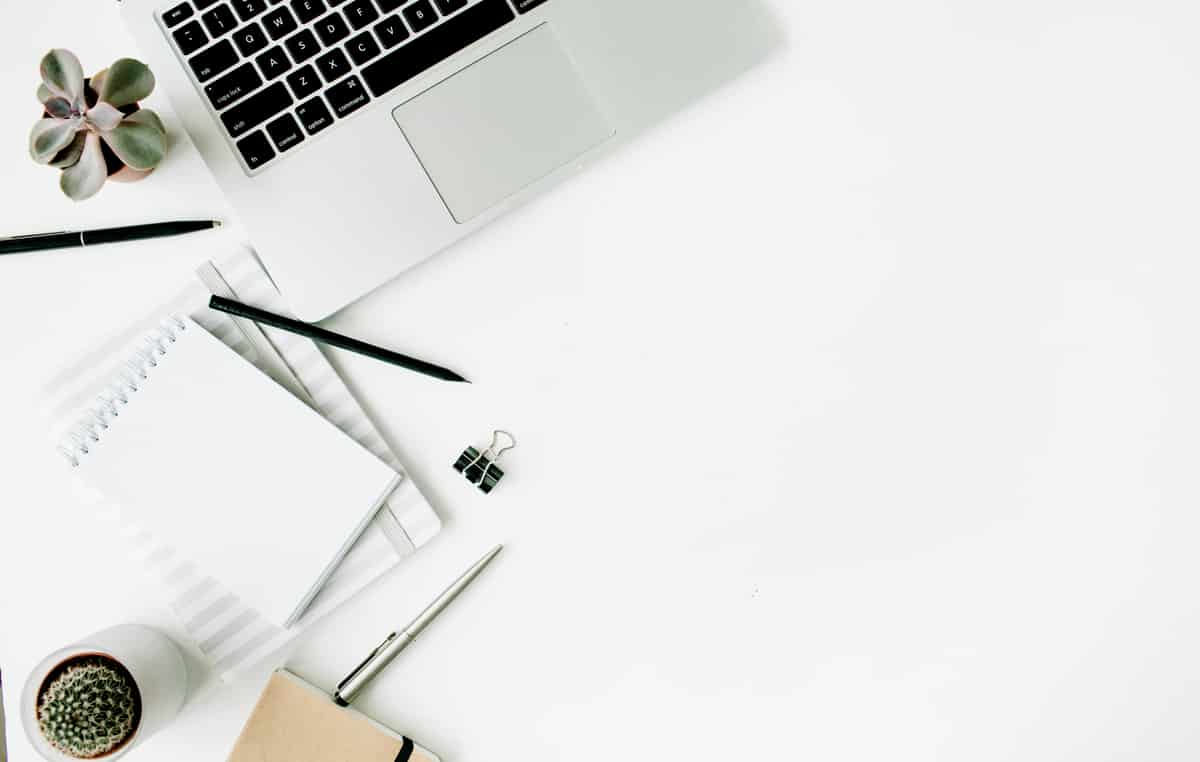
The Ultimate Guide to Different Types of Workspaces
Regardless of whether your workplace is configured with cubicles, separate offices or an open plan layout, within every office, there is the potential for numerous types of workspace. As many people start planning their return to the office following more than a year of working remotely amidst the COVID-19 pandemic, understanding the various options for your office layout and how to maximize your existing space most effectively will become increasingly important.
Understanding that research shows a hybrid work model is a preferred concept for many members of the workforce – meaning many employers are transitioning from a traditional Monday-Friday, 9-5 in-person schedule to allowing employees the flexibility to split time between home and the office – you may want to consider redesigning your workspaces accordingly. Read on as we take a look at the type of space available to your organization and explain some helpful context you can better understand each option. Our goal for this blog post is to give you some ideas as to how you can better utilize your own office.
Smartway2 enables you to implement hybrid working with ease. To see for yourself how to create a touchless, on-demand, adaptive workplace, book a demo.
18 Types of Spaces

Numbers 1-8 on our list of 18 different workspaces is courtesy of freelance writer Dawn Papandrea, writing for WeWork, a company that provides flexible shared workspaces. Papandrea’s list aims to show the different types of spaces that can be used in an Activity-Based Work (ABW) setting. If you’re not familiar with ABW, it is a flexible work environment where people are able to pick and choose a particular setting based on the task they are tackling at any given moment.
- Phone booths – “When people need a quiet place for a client call or focused work requiring concentration (think writing or data-crunching), they can just slip into a cosy phone booth.”
- Café style atmosphere with hot desks – WeWork provides the following description detailing the companies Seoul office, “A model template of ABW office design, its long tables with work desks, semicircle booths for smaller group chats, and intimate couch and coffee-table areas make for a perfect blend of seating options.”
- Restaurant style booths – “For a quick face-to-face with a colleague (instead of an endless email chain), or just to get a bit of work done in a new location, these diner-like booths present another seating option for employees.”
- Formal conference rooms – “Meetings are a given throughout the workday, and some require a formal setting, such as sales meetings, monthly brainstorms, or executive strategy sessions.”
- Informal conference rooms – “Activities like in-person brainstorming or meeting with prospective candidates can benefit from more casual, inviting settings.”
- Soft seating – “Employees looking for a place to decompress when in the midst of a challenging project, or those who feel like they do their best thinking in a setting that’s more like a living room…”
- Quite nooks – “There are times in the workday when everyone feels a need to recharge and refocus in private.”
- Outdoor terraces – “Fresh air, sunlight, and greenery can all contribute to improved employee health and wellness—supporting improved morale and productivity…”
Numbers 9-13 of our list comes from Victory Workspace, a shared and private office space company.
- An entirely open space with hot desking – “Open plan layouts are more popular with businesses now than ever before. This type of space, eliminating the typical cubicles and separate personal offices, encourages communication and movement across the enterprise.”
- A space divided into private offices – “If you have a company that needs sensitive chats or your employees have a set hierarchy, you may gain more from a room separated into separate offices.”
- Cubicle Offices – “Need a little more privacy but don’t want to miss out on working together with the teams? This type of office layout is built around cubicles, with desks spread around the office space for individual privacy.”
- An open office with sections for teams – “Want space to brainstorm your squad, but are you keen to keep things open? The team-focused workspace, much like the open office layout with hotdesking, is designed for collaboration between different sets of people.”
- A co-working space – “Running an operation but need not have an entire office for yourself? Some businesses do not require a full space for themselves and may benefit from a working environment with other businesses.”
We relied upon JAGA, a flexible workspace company, for number 14-17 on our list.
- Home office – “To work from home, both employers and employees need to set out the right processes and expectations. The experience is also way different from other work cultures and personalities.”
- Satellite office – “The traditional employer managed office is still in practice. Here, an employer manages an owned or leased workspace where employees need to come down for work.”
- Flex space – “It is usually referred to as a flexible office. In this, the preference is for the traditional type of working where many people work together. Organisations have the flexibility to either add or remove space depending on need.”
- Serviced offices/business centres – “These provide professional office space along with standard full-time amenities like furniture, It Support and so on. Organisations pay for the space they need. The pricing structure is flexible in many ways.”
Other types of spaces include…
- Smart Offices – With constant technological improvements, smart offices that use technology are becoming increasingly popular. Technology can be implemented in all sorts of ways from video conferencing software to smart sensors and light switches.
Smartway2 is a data-driven workplace experience platform that enables organizations to boost collaboration and productivity while implementing COVID-safety. Using Smartway2, employees can book everything they need for a great day’s work – from desks, spaces and equipment, to parking, catering and yoga classes.


